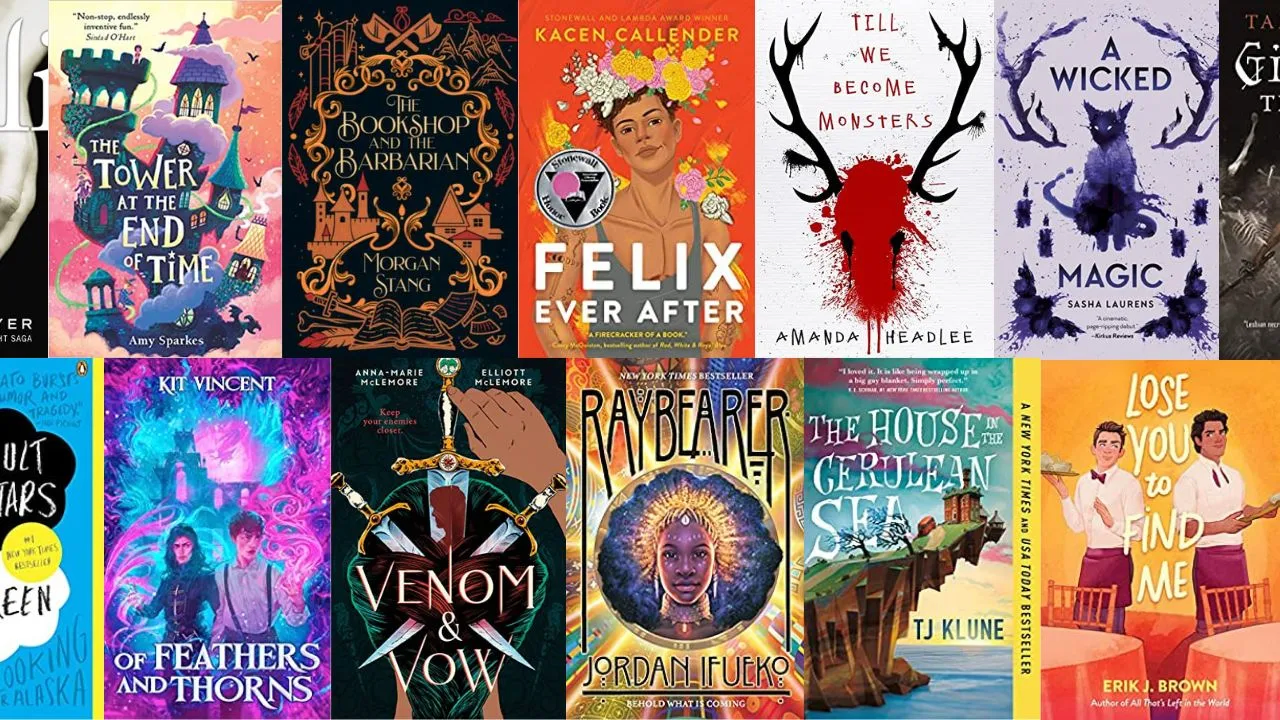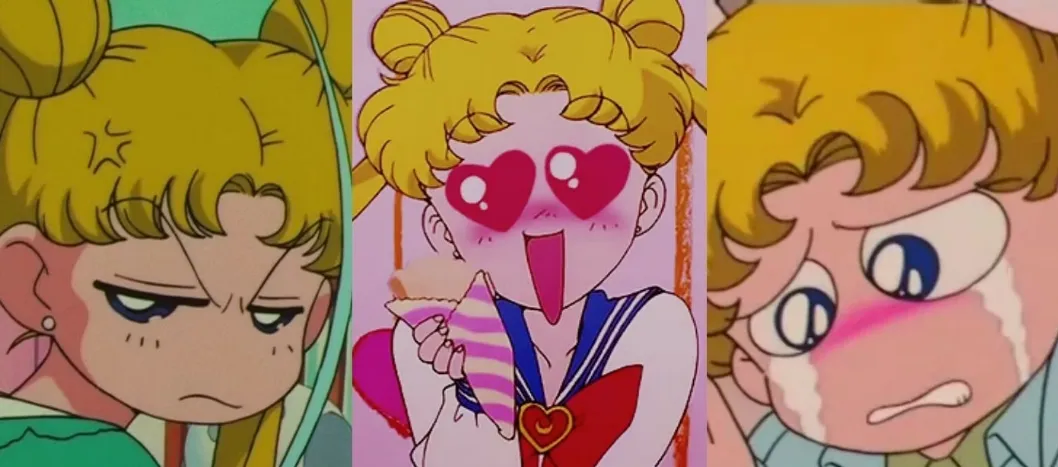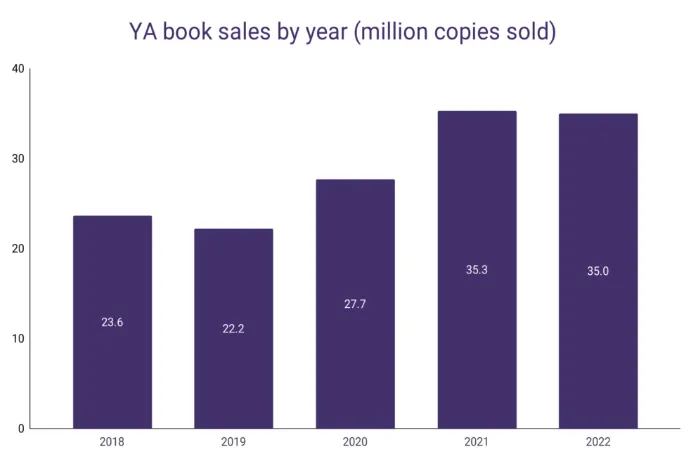How to Start a YA Novel
S.R. Beaston
Crafty with words, wit, and wisdom, just add caffeine to make it more interesting.
In the grand scheme of books and time, Young Adult fiction is relatively…well, young. Before the 1940’s, fiction was fiction. By the 50s, Young Adult had blossomed for young readers to finally enjoy more age-appropriate books.
What is YA?
The Young Adult (YA) genre is categorized as works of literature aimed at ages 12 to 18, while the main character of the book is usually 15 to 19 years old.
It’s always wise that whatever genre you are trying to write, think about the style and target audience. If you are interested in writing YA, consider the youngest age in that category while writing. A YA series can easily turn into a steamy Adult genre and a 13-year-old be none the wiser.

Since you are here, you’re likely considering writing a YA novel. So let’s break down the basics of how to start.
Start with an outline
An outline can make your novel-writing process so much easier. There is no wrong way to outline a novel, and plenty of programs to help make the process easier. If you’d like an in-depth look at how to outline a book, check out $ How To Plan Your Entire Novel$ .
Everyone has their own methods and practices, but there’s fundamental information every outline needs.
Know your story’s theme
Generally, every story is told for a reason. Some themes may be buried deep within the plot, and some stick out like a sore thumb. Regardless of the depth, they all have a point they are trying to make. A theme is basically the goal of your story: What do you want people to take away from it? It's helpful to know your theme before outlining, but many themes will pop up on their own.
Some of the more famous themes among YA are found-family, self-discovery, handling loss, finding first love—things that everyday teens battle through, but with bigger stakes.
If you choose to run off the beaten path and subvert YA expectations, at least ensure that your story has a more uplifting ending: Justice is served, the good guy wins, a family is found, friendship is magic. Whatever story you want to tell, let the reason you want to tell it resonate stronger and with more hope for your YA novel.
Know at least the beginning and end
Once you understand your theme, that motif can help weave a cohesive understanding of how you want the story to go. Even if it’s just the beginning and end, that end point can relieve a lot of stress and confusion. Some authors even use the end and write backwards to help fill out the middle.
I don’t want to talk about the years I wasted on writing a novel in part because I did not know how I fundamentally wanted it to end. Don’t do that to yourself.
Flesh out your Main Character(s)
YA is classified as such because the protagonist and surrounding party are likely Teens. That means you have to write like a teen!
Such a varied age range in your character means you have a playground to develop a very interesting protagonist. Teens and young adults are not boring, far from it, so make sure to capture that in your teen protagonist. Here are some things to consider when building them up:
Teens have big and often irrational emotions
Emotions are confusing for any age, especially a teen. New hormones, introduction to an older society, new expectations and a desire for companionship in new ways come flooding in at the same time. Examine your target audience and reflect some of their demeanor into your characters.

What do Teens know?
Teens and young adults only know so much about the world. This is often used as a tool in YA, as the protagonist is facing something they’ve never had to face and, at their age, probably shouldn’t have to face. Teens react differently to challenges that adults could likely handle better.
Keep in mind the situations you put them in and subsequent reactions, and then make those reactions bigger. You may even want to make them questionable. Teens make dumb decisions often and anyone makes dumb decisions when under certain pressures.
Let them grow and learn
This is where I see some YA novels fall short. How do the characters develop over time? On more than one occasion I read a young protagonist (usually around 17-19 years old) who does a dumb, impulsive thing, suffers the consequences, and then does it again? They never reflect or think on anything to suggest they are developing.
Teens have the capacity to learn, especially if they are already older teens. They especially learn at faster rates if the punishment for their actions is bigger or more impactful (which is generally the case in any novel). Have them reflect, if only a little. Have them slip into their old ways and then realize it. Do not keep them stagnant.
Identifying subgenres and tropes
Your subgenre is what’s going to spark initial interest in readers. Young Adult or not, subgenres are sometimes more important than the genre itself. YA can fall into any literary fiction setting, so your target audience will mostly be those who are interested in how you present your subgenre.
Though almost any subgenre can fit with a YA novel, here’s a list of the most topical ones currently:
- Contemporary
- Romance
- Supernatural
- Fantasy
- Mystery
- Action Adventure
These subcategories can also be woven together. You’ll often see romance hugging another subgenre in nearly every YA book.
Try to keep your subgenres tight. It’s easy to lose your theme when you have 3 to 5 subgenres together.$ $
As for tropes, they can fit anywhere nicely. Some tropes are even expected in some genres. In YA specifically, ‘enemies to lovers’ is a very popular trope that young readers want to read.

Outlining and setting your subgenre will help with tropes. They come more naturally because they are just plot elements used to help tell the story.
Tropes can and have been overdone. Enemies to lovers, as popular as it is, is used everywhere because of high demand (I’m even writing it in my current novel). The draw to this trope is how and why they are enemies, and how and why they become lovers. Subvert expectation, add a twist, and your tropes may not even seem much like tropes at the beginning.
The Importance of a good opener
Now that we’ve broken down how to start working on a YA novel, let’s work on the start of a YA novel.
The importance of a good opening is easy to understand, in theory. You want your readers interested from the beginning. You want them invested. Authors are battling the five senses just to keep a reader's attention for the first five minutes.
But what are you, as the writer, supposed to focus on if it’s a YA novel in the works? What is the opening supposed to give the reader? Let’s break it down.
The opening hooks the reader
What those first few sentences say can make or break a reader's interest. Setting and tone are most important here. They don’t know your characters, so they won’t care about the stakes they are in. Here are a few tips to lock in your readers' attention.
Start with the story happening and a good first sentence
No one really likes an exposition dump. Start with what is happening at the moment with your story. If it’s an action-adventure, put us in some action. If it’s contemporary, show us the unnatural thing that throws off an otherwise normal setting.
It could be a sudden change to the status quo, a discovery, a betrayal. Whatever conflict your character is bound to go through, give them a small taste of it at the beginning.
The first sentence can do this well. Though Fahrenheit 451 is not considered YA, it is read by young adults and even assigned in schools, so I’ll use the first sentence as a good example:
"It was a pleasure to burn."
It doesn’t say much about anything other than fire = good. If you read the dust jacket, you might have a little more information, but now I’m intrigued. It goes against our nature to think ‘burning’ as a good thing. So why is it? I’m hooked.
Use humor or intrigue
Paint the picture of the tone without drowning the reader in it. You can keep things light despite the darkness ahead. You can lure with the intrigue of the world and story without telling the reader why it is so. They will learn that along the way.
These two elements in the beginning are more likely to keep engagement because they appeal to everyone. Every reader loves a little humor and mystery.
The opening establishes tone and theme
The first pages tell the reader what they are getting into, even if it’s vague. Despite what method you use to hook the reader, weave in tone and theme in the first scene. Here’s how you can do that:
Cue readers in on the subgenre
The subgenre should never be a surprise. It helps set the tone that needs to be promised at the very beginning. It tells the reader, "This is what I will deliver to you if you keep reading, and this subgenre is going to be the road I take to get you there."
Make your character empathetic
The tone of the story also hinges on how the character is at the beginning. Even if your character is meant to be really unlikable, show something in them that gives your reader a chance to feel a connection. They have to start the process of knowing who your character is.
Introduce the problem
This can be tricky, but the readers need to see what potential conflict will form from whatever is happening at the beginning.
If there is a sudden commotion on the cobbled streets of a foreign name and someone is being hanged for using a forbidden magic, it’s safe to say this is some form of fantasy and our protagonist may also have this magic.
Now you have promised the reader that this magic is probably dangerous in the wrong hands, but likely heroic in the right ones. You’ve promised that this magic is being monitored, and our teen protagonist is conflicted, maybe scared, maybe excited in their all knowing teen brain that they will never get caught. The reader doesn’t know which is true, if any, but now they want to.
This is geared more toward establishing themes. ‘Being more accepting to those who are different’ could be one for this setup, for example.
This is just a glance at opening pages. If you want a great breakdown on how to write a first scene, check out Hannah’s video:
6 Tips for Writing The First Scene of Your Book
You’re ready to write!
YA is growing into one of the most popular categories in books, growing in sales every year. Reading just a few can help you get in the mood to tackle your own novel.

You’ve now got an exciting story you need to tell, some form of an outline, and annoying teen characters that likely won’t shut up in your head. You’re a real writer now. So go write!
Further reading:
Like what you're reading?
Join other authors like you in NovelPad’s free writing community!
Join the communitySimilar Posts
What File Formats are Accepted by Kindle Direct Publishing?
File types for ebooks, paperbacks, and hardbacks on Amazon's KDP.
Ollie Ander
Is probably just a couple cats in a trench-coat—the hair shedding and sunlight napping are highly suspect.
How long is a fantasy book? Words, pages, chapters, scenes, & prologues
What should wordcount goals look like for a fantasy novel?
S.R. Beaston
Crafty with words, wit, and wisdom, just add caffeine to make it more interesting.
How To Write Strong Atmosphere In Stories
7 best tips for creating strong atmosphere in your writing.
Hannah Lee Kidder
NovelPad Author
How long is a Science Fiction Book?
How many words, chapters, and pages should be in your sci-fi novel?
Ollie Ander
Is probably just a couple cats in a trench-coat—the hair shedding and sunlight napping are highly suspect.
When is the best time to publish a romance novel?
What is the best month and day of the week to publish a romance? Do romance novelists make money?
Rina Fontes Malka
A writer with too many ideas and not enough time.
Camp NaNo Perks 2023
What are the benefits of participating in Camp NaNoWriMo?
S.R. Beaston
Crafty with words, wit, and wisdom, just add caffeine to make it more interesting.